Wee Wonders: Top 20 Nikon Small World Contest Photos
1st Place, Dr. Oscar Ruiz
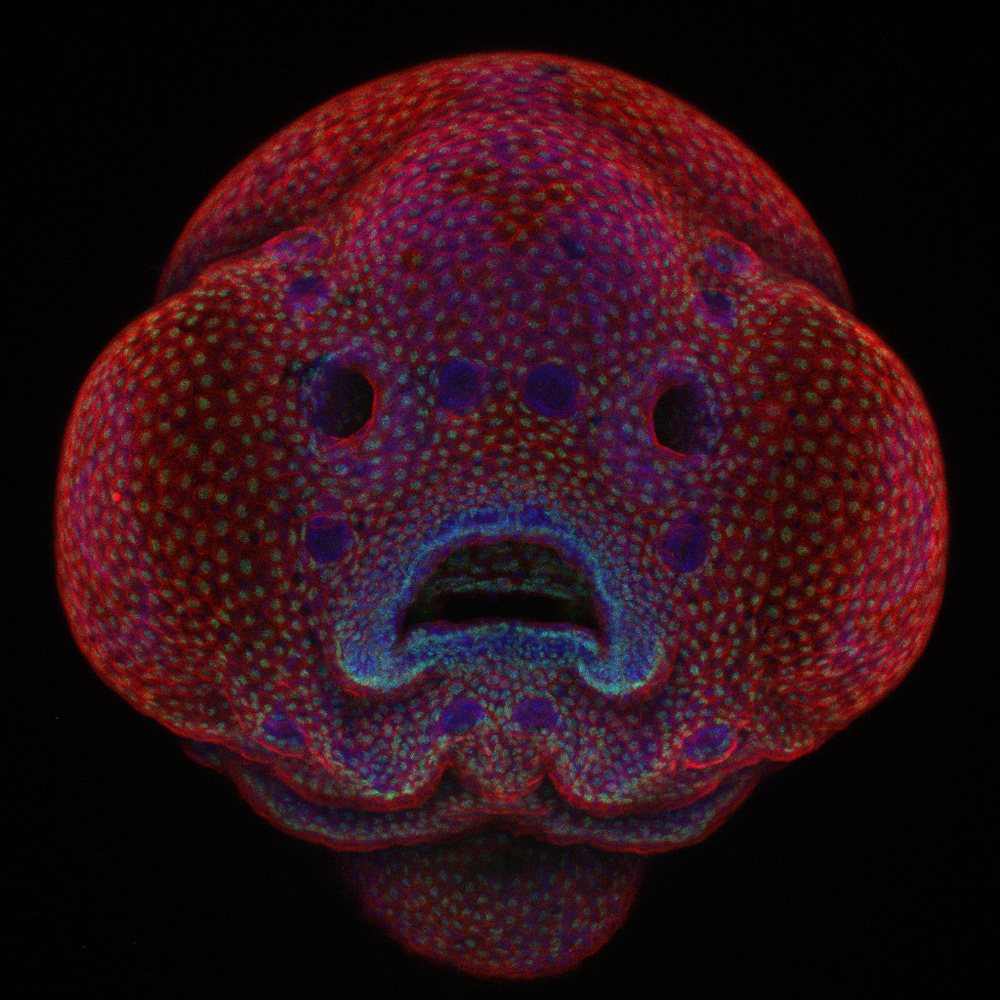
Mention the words "nature photography," and many people think of sweeping skies, expansive mountain vistas, or a seemingly endless stretch of open ocean.
Big views are certainly impressive. But sometimes, when it comes to capturing the unique and remarkable beauty that nature has to offer, you have to think small.
For Nikon's annual "Small World" photo competition, thinking small is the name of the game. Photographers peered closely at animals, plants and fungi; they pinpointed details too small to be seen with the naked eye, using microscopes' and cameras' magnifying lenses to reveal astonishingly delicate and unusual structures. The best of the Nikon Small World bunch were announced today (Oct. 19) — here are the top winners. [Read the full story about the 2016 Nikon Small World contest]
Garnering 1st place in the Nikon Small World 2016 contest, Dr. Oscar Ruiz from The University of Texas MD Anderson Cancer Center in Houston, Texas, captured this four-day-old zebra fish with a confocal lens at 10x magnification.
2nd Place, Douglas L. Moore
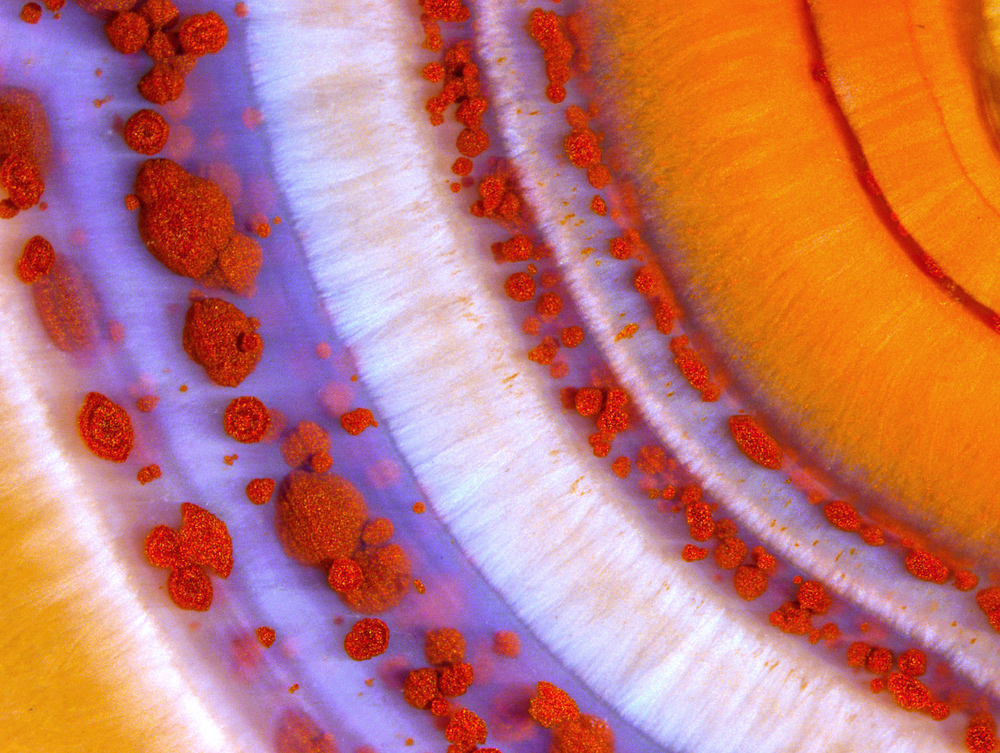
Douglas L. Moore from the University of Wisconsin - Stevens Point and the Museum of Natural History in Wisconsin, reaped 2nd place in the Nikon Small World 2016 competition with this close-up image of a polished slab of Teepee Canyon agate, captured with stereomicroscopy at 90x magnification.
3rd Place, Rebecca Nutbrown
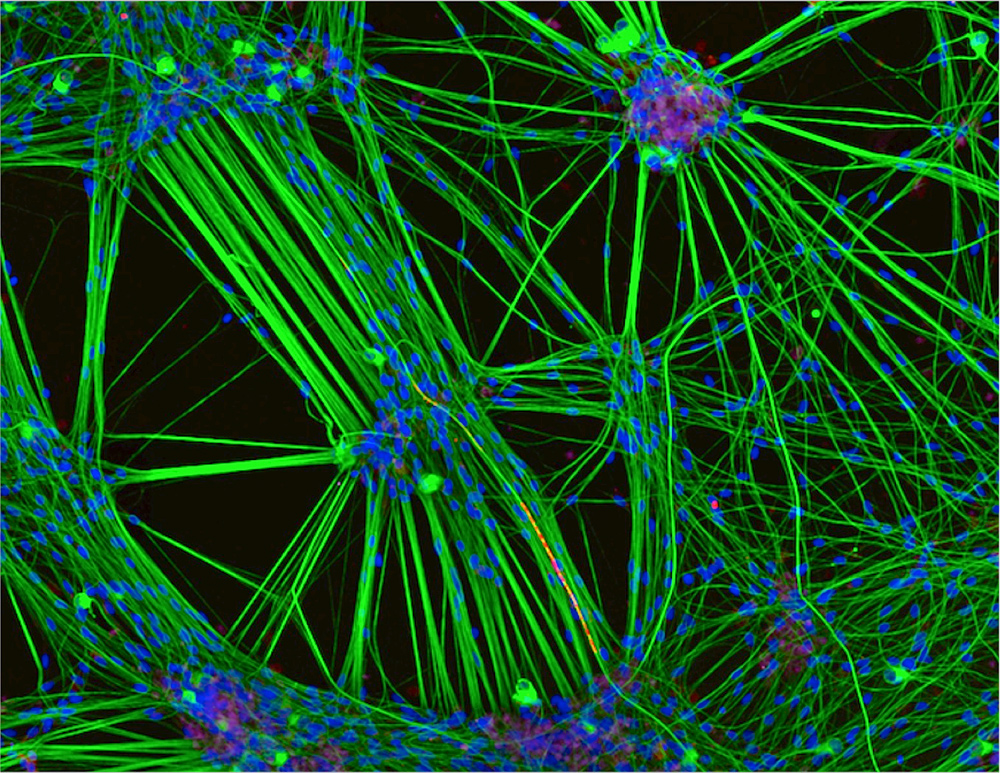
From the University of Oxford, Nuffield Department of Clinical Neurosciences in Oxford, UK, Rebecca Nutbrown used multiple methods — a confocal lens, immunofluorescence and iPSCs — at 20x magnification resulting in this photo of a culture of neurons (stained green) derived from human skin cells, and Schwann cells, with a second type of brain cell (stained red) and received 3rd place in the Nikon Small World 2016 Photomicrography Competition.
4th Place, Jochen Schroeder
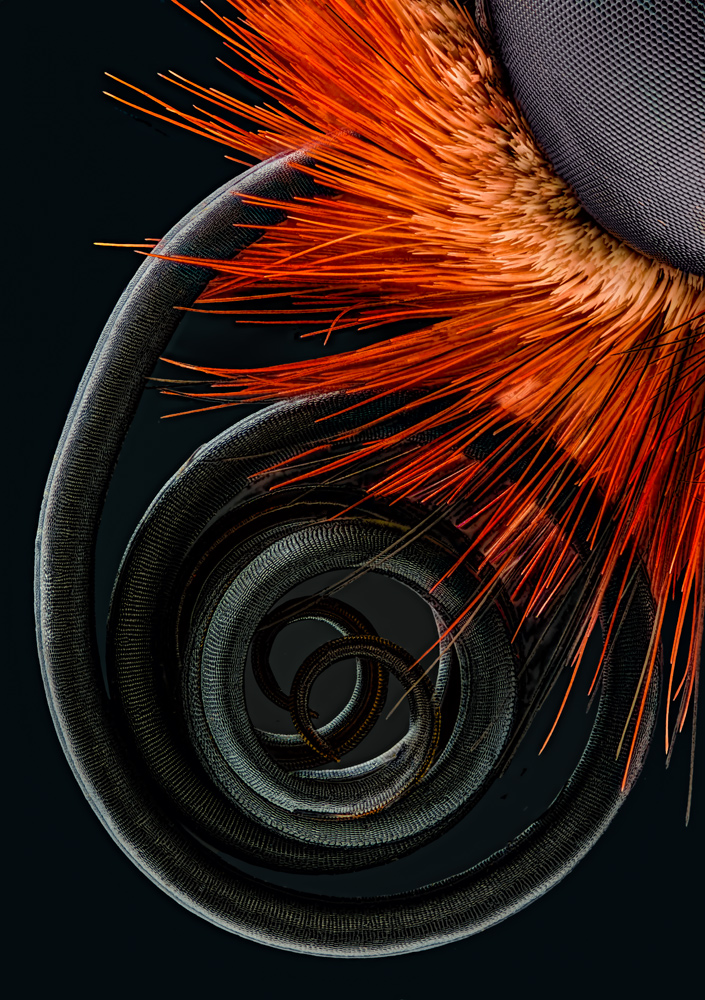
This intriguing image from Jochen Schoeder in Chiang Mai, Thailand, used image stacking at 6.3x magnification captures tiny butterfly proboscis, and 4th place in the Nikon Small World 2016 contest.
Get the world’s most fascinating discoveries delivered straight to your inbox.
5th Place, Dr. Igor Siwanowicz
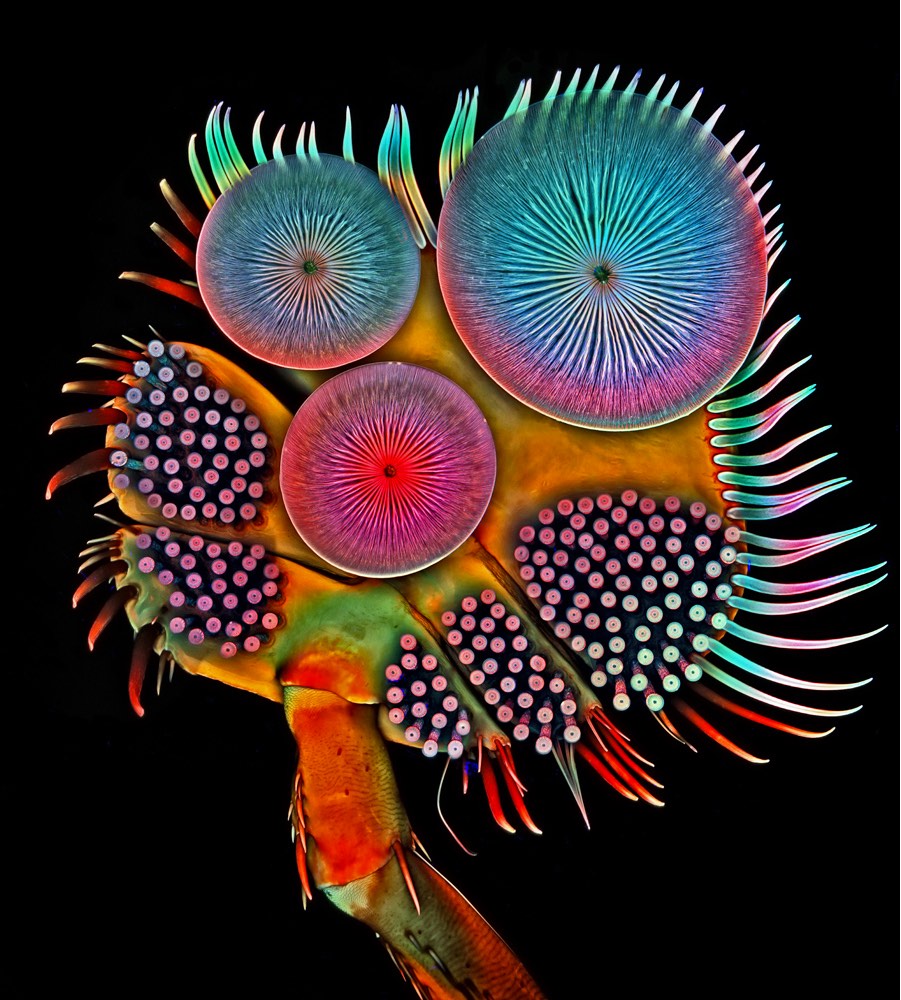
Winning 5th place in the Nikon Small World 2016 competition, Dr. Igor Siwanowicz from the Janelia Research Campus of Howard Hughes Medical Institute in Ashburn, Virginia, submitted this photo of the front foot (tarsus) of a male diving beetle captured with a confocal lens at 100x magnification.
6th Place, Marek Mis
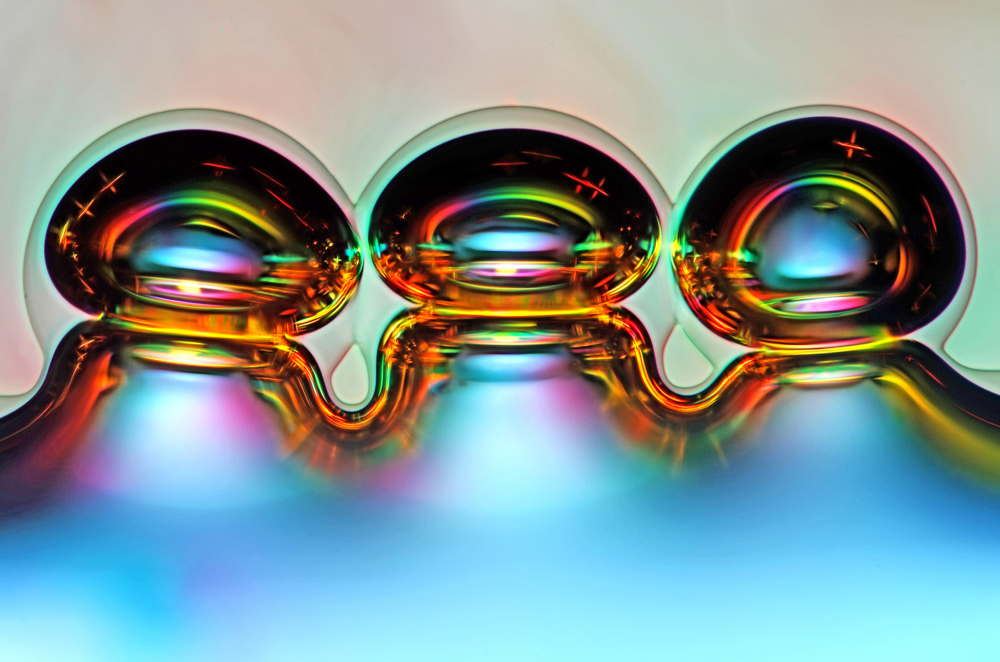
Marek Mis of Suwalki, Podlaskie in Poland, garnered 6th place in the photomicrography competition for imaging these air bubbles formed from melted ascorbic acid crystals using polarized light at 50x magnification.
7th Place, Dr. David Maitland
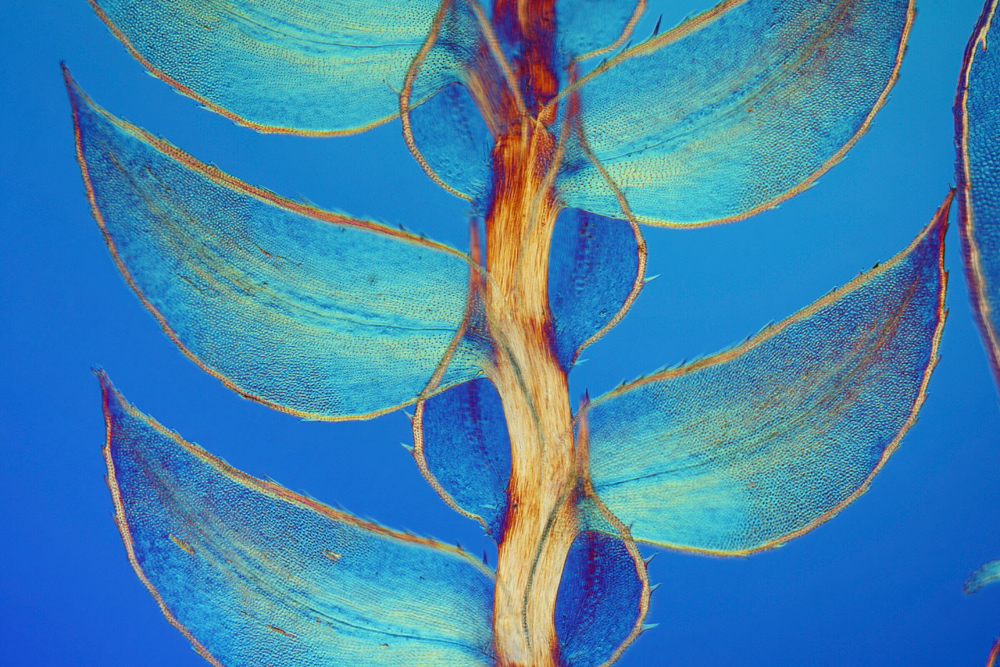
From Feltwell, UK, photographer Dr. David Matiland submitted leaves of Selaginella (lesser club moss) collected using differential interference contrast at 40x magnification and received 7th place in the Nikon Small World competition.
8th Place, Samuel Silberman
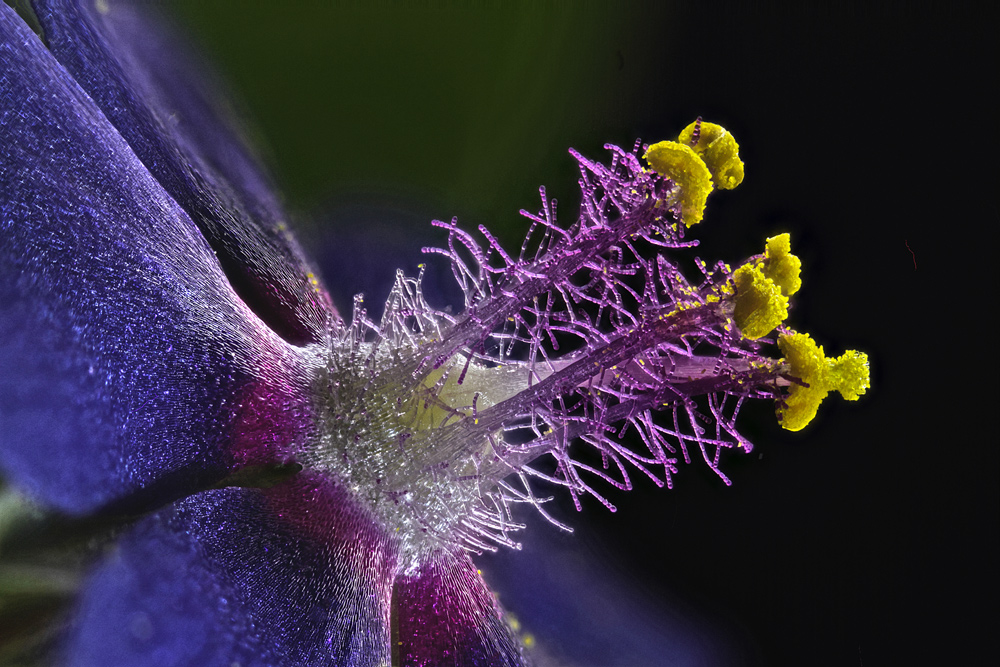
An intimate image of wild flower stamens, snapped using fiber optic illumination at 40x magnification, offered by Samuel Silberman of Monoson Yahud, Israel, garnered 8th place in the contest.
9th Place, Vin Kitayama and Sanae Kitayama

Taking 9th place in the photomicrography contest by Nikon, Vin Kitayama and Sanae Kitayama from the Vinsanchi Art Museum Azumino in Azumino, Nagano, Japan, presented the stunning image of expresso coffee crystals taken in polarized light.
10th Place, Rogelio Moreno Gill
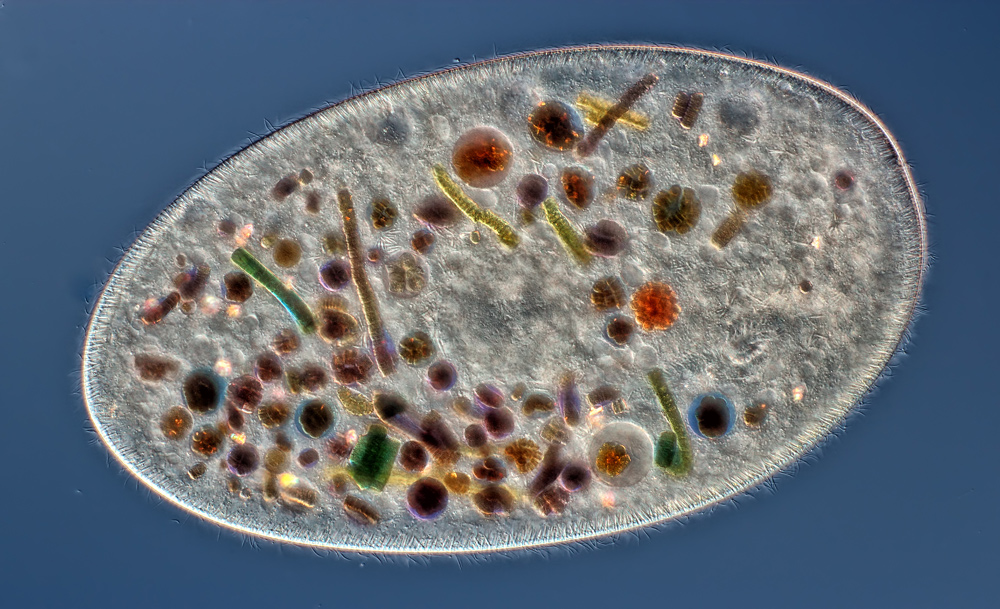
With an image of Frontonia (showing ingested food, cilia, mouth and trichosysts) taken using differential interference contrast at 200x magnification, Rogelio Moreno Gill of Panama, Panama, recieved 10th place in the Nikon Small World 2016 competition.
11th Place, Francis Sneyers
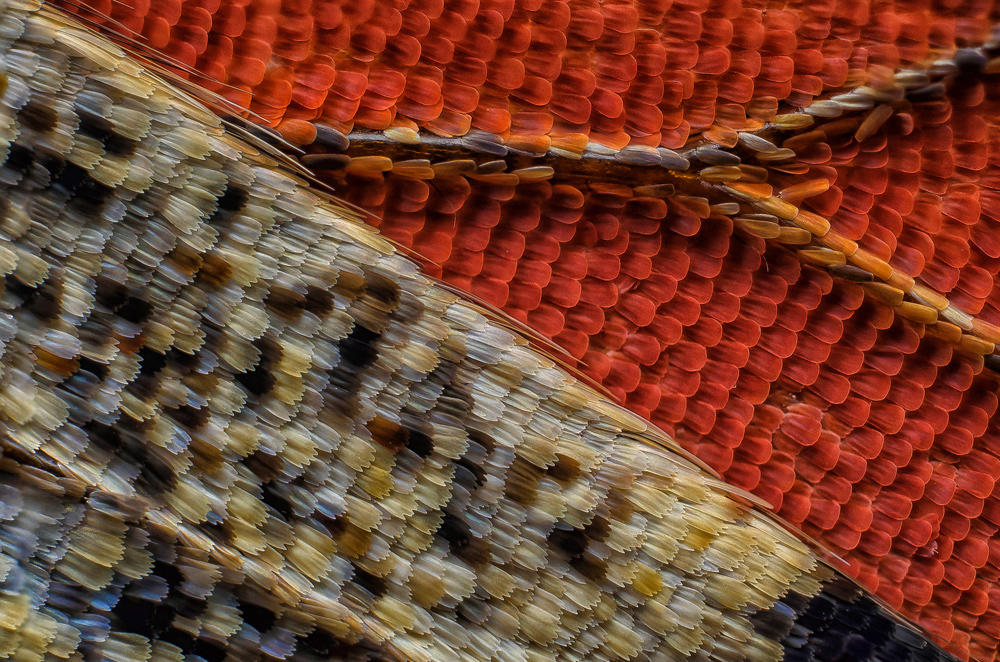
Scales of a butterfly wing underside (Vanessa atlanta) collected using macroscopy at 10x magnification, garnered Francis Sneyers of Brecht, Belgium 11th place in the contest.


